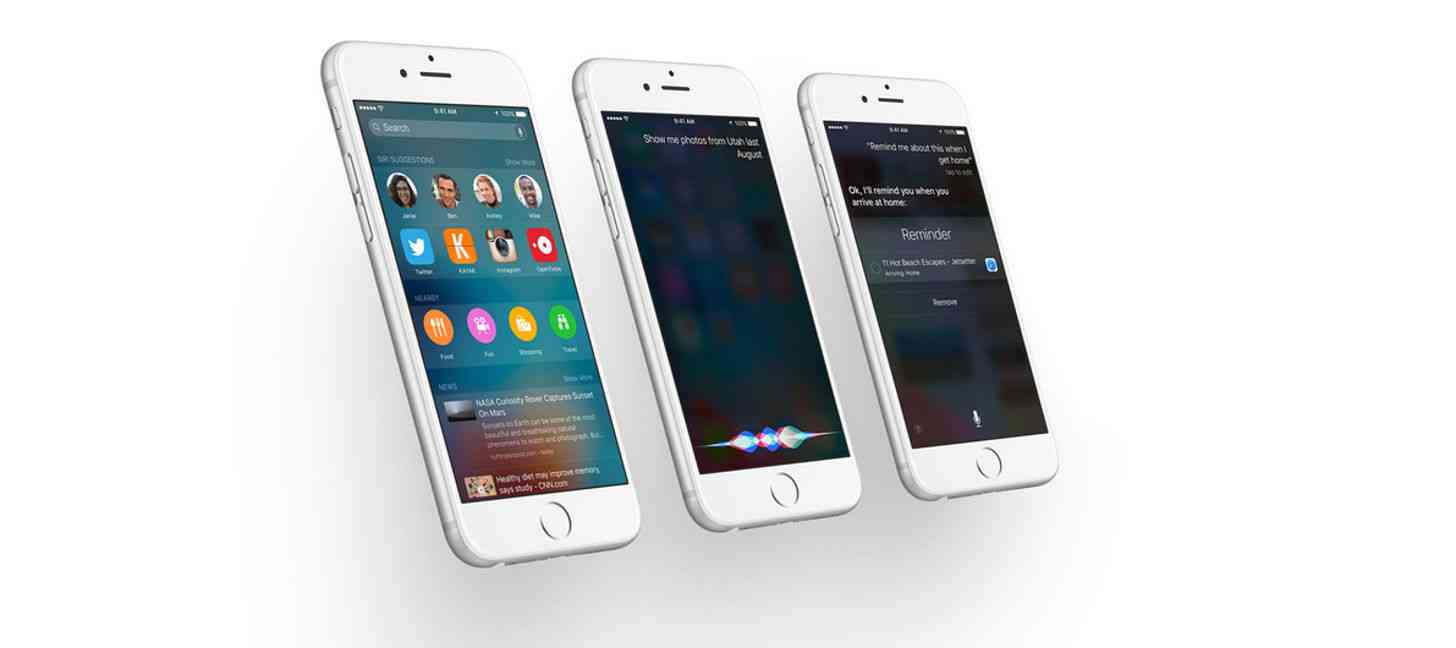
Apple’s latest mobile OS update, iOS 9, was recently released shortly after the announcement of the new iPhone 6s and 6s Plus. The new update brought a lot of great features for the platform including a refreshed Notes app, an updated task switcher, a big focus on iPad multitasking and productivity, and more. Certain new features of iOS 9, however, aren’t as apparent. For example, AT&T consumers using the iPhone 6, 6 Plus, and above are now eligible to use Wi-Fi calling and texting.
There’s also a new feature called Wi-Fi Assist, which can be super helpful to a lot of people – and super unhelpful to many others. Here’s the skinny on Wi-Fi Assist and what action you might need to take regarding this particular new feature.
Wi-Fi Assist is a feature that will automatically switch you over to your cellular network for data if Wi-Fi is turned on, but you’re picking up a weak signal. A weak Wi-Fi signal can mean longer load times, or no loading at all. Previously, you would have to turn off Wi-Fi yourself if you wanted to switch networks – but Wi-Fi Assist takes care of that burden for you.
The issue comes into play for people who don’t have “unlimited” data plans. If you’re not aware that your phone is using your cellular data rather than Wi-Fi, you could be racking up unexpected surcharges by accidentally going over your limit.
If you weren't able to locate the Wi-Fi Assist setting right off the bat, don't feel bad - the setting is certainly buried underneath a lot of other settings, and nearly impossible to find unless you specifically go looking for it.
iOS 9 users will want to follow this sequence:
Settings > Cellular > Scroll all the way down > Wi-Fi Assist

The setting will be beneath all of your applications that you allow to use Cellular data.
The setting seems to be turned on from the get-go, so unless you manually go and turn this off, non-unlimited data users are at a big risk to rack up expensive surcharges for excessive data usage.
While the setting can be helpful, it seems like it would make more sense to have the feature turned off to begin with, with the option of users manually turning it on instead.